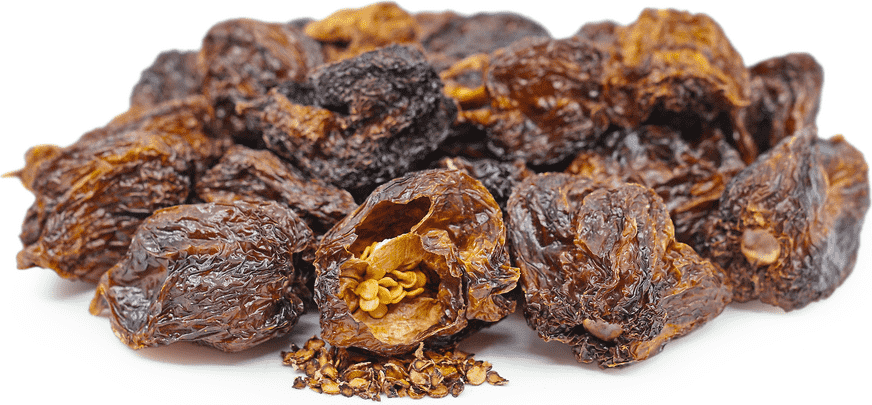
Introduction to Dried Scotch Bonnet Peppers
In the vast field of Red Chili, the widely consumed dried Scotch Bonnet peppers contain a unique fusion of vibrant flavours and hot heat. Chefs and household cooks value this understated pepper cultivar for its lengthy history and versatility, which have helped it become nearly iconic.
Description/Taste
The Scotch Bonnet pepper got its name because when it was young, it looked like the frilled bonnets that Scottish women used to wear. Even in its dried state, this fruit has vivid colours that range from rich yellow to gorgeous red. Capsaicin levels are high. Its flavour is a strange mix of unrepentant spiciness and almost ethereal fruity sweetness that soon overtakes one another. Due to the heat intensity ranging from 100,000 to 350,000 Scoville units, it is dangerous for people with weak hearts.
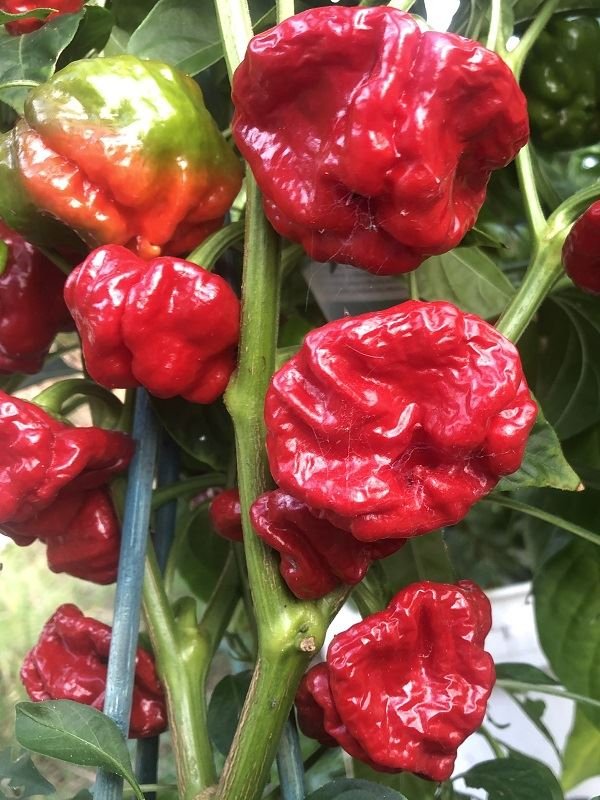
Seasons/Availability
It is an excellent time to harvest Scotch Bonnet peppers from late summer to early autumn since they thrive in tropical areas. However, because they are available dried year-round, these peppers are not seasonally restricted and allow gourmet cooks to experience their distinctive flavour.
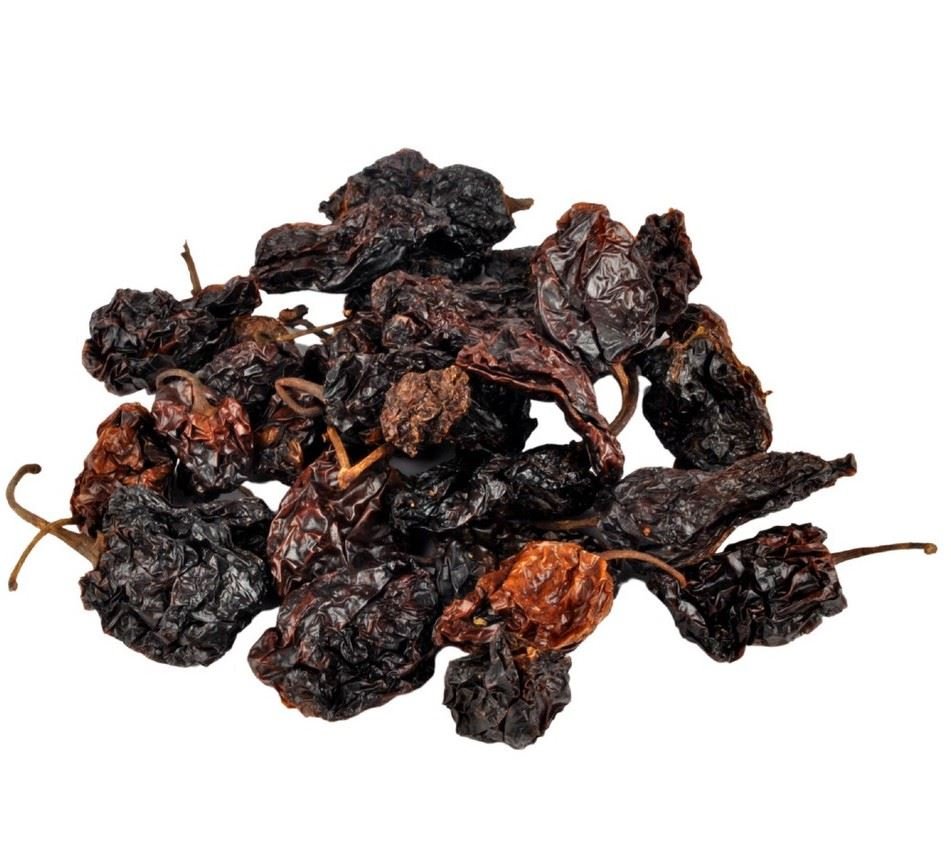
Current Facts
Dried Scotch Bonnet peppers have established a niche for themselves in a market that is ever-growing and overflowing with spices and flavour enhancers. How well-liked this culinary treasure is is evidenced by the growth of specialty boutiques and online marketplaces. Due to many cultivars, like the White and Chocolate Scotch Bonnet, which offer minor variances, the market picture is made even more vibrant.
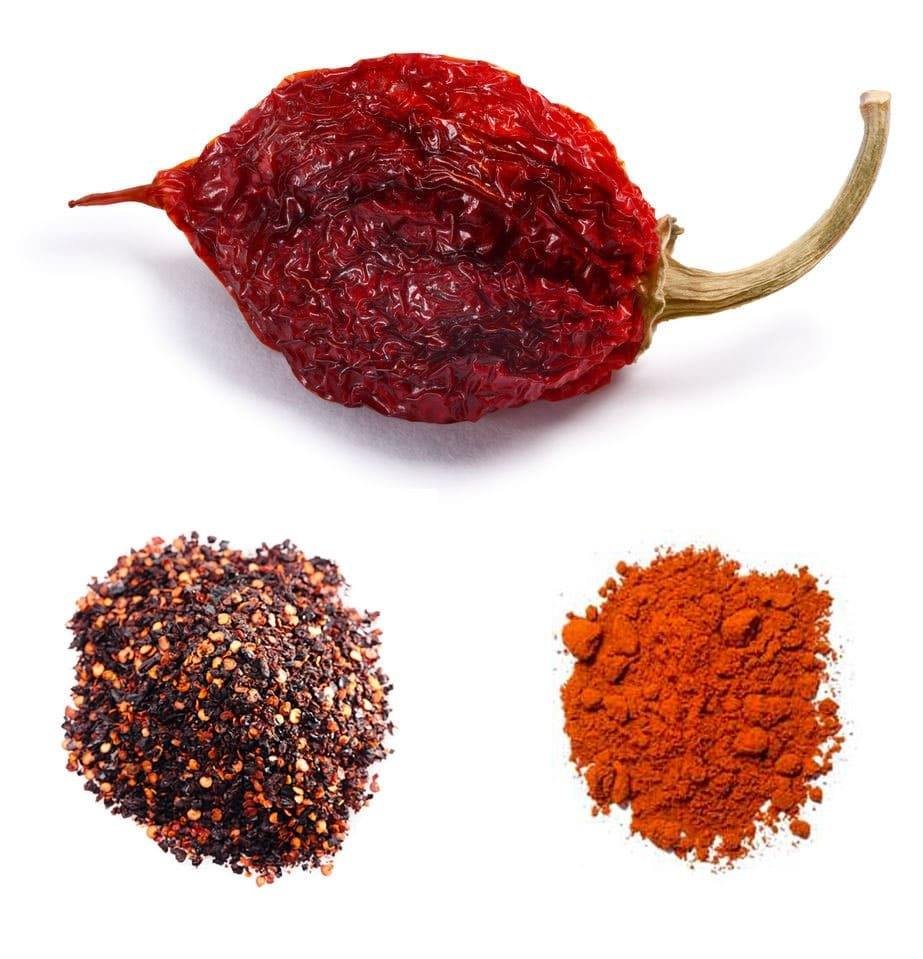
Nutritional Value
Scotch Bonnet peppers are a goldmine of vital ingredients with a clear gastronomic appeal. These potent antioxidants are abundantly found in vitamins A and C. Furthermore, ingesting too many of these spicy foods could exacerbate gastrointestinal problems, emphasizing the significance of moderation.

Let’s have a look at its nutritional value.
| Calories | Dried Scotch Bonnet peppers are low in calories, with approximately 30-40 calories per ounce. |
| Carbohydrates | They contain around 7-9 grams of carbohydrates per ounce, primarily dietary fibre. |
| Protein | Dried Scotch Bonnet peppers provide about 1-2 grams of protein per ounce. |
| Fat | Dried Scotch Bonnet peppers provide 1-2 grams of protein per ounce. |
| Fiber | Dried Scotch Bonnet peppers are a good source of dietary fibre, offering approximately 2-3 grams of fibre per ounce. |
| Vitamins | They are particularly rich in vitamins, including: |
| Vitamin A: Dried Scotch Bonnet peppers are exceptionally high in vitamin A, providing well over 100% of the daily recommended intake in just one ounce. Vitamin A is essential for eye health, immune function, and skin health. | |
| Vitamin C: While drying reduces the vitamin C content compared to fresh peppers, dried Scotch Bonnet peppers still contain a significant amount of vitamin C, contributing to antioxidant properties and immune support. | |
| Vitamin B6: This vitamin is essential for brain development and function, and dried Scotch Bonnet peppers contain a moderate amount. | |
| Vitamin K: They also provide a small amount, which is crucial for blood clotting and bone health. | |
| Minerals | Dried Scotch Bonnet peppers contain various minerals in smaller quantities, including potassium, magnesium, and iron. |
| Capsaicin | The most notable compound in Scotch Bonnet peppers is capsaicin, which is responsible for their fiery heat. Capsaicin is believed to have several health benefits, including pain relief, metabolism boost, and appetite control. |
Applications
Many different things can be done using dried Scotch Bonnet peppers. The pepper’s versatility is out of this world, whether used to flavour sauces or blended into intricate marinades. After a quick 30-minute soak in warm water, they restore their former succulence, broadening the spectrum of culinary uses.
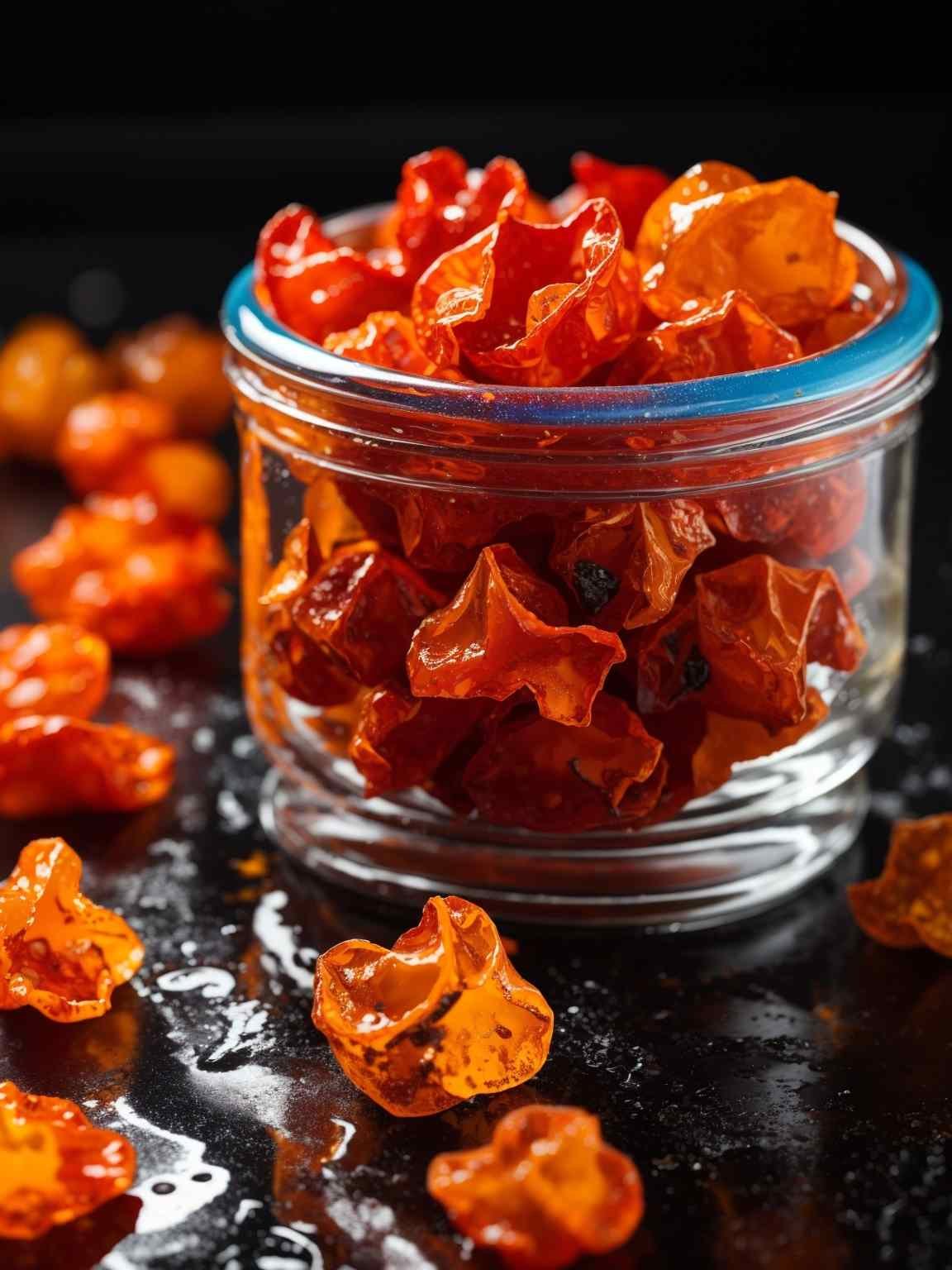
Ethnic and Cultural Information
Like its flavour, the Scotch Bonnet is influenced by various cultural factors. This one spice enhances traditional cuisine and boisterous celebrations across numerous ethnic landscapes, as evidenced by the delicious stews of West Africa and the Caribbean’s jerk cuisine.
Geography/History
The Scotch Bonnet, a native of the Caribbean, has crossed continents to impact cuisines around the globe. It is the product of the Columbian trade, which involved the historical exchange of flora, fauna, and cultural practices between the Old and New Worlds.
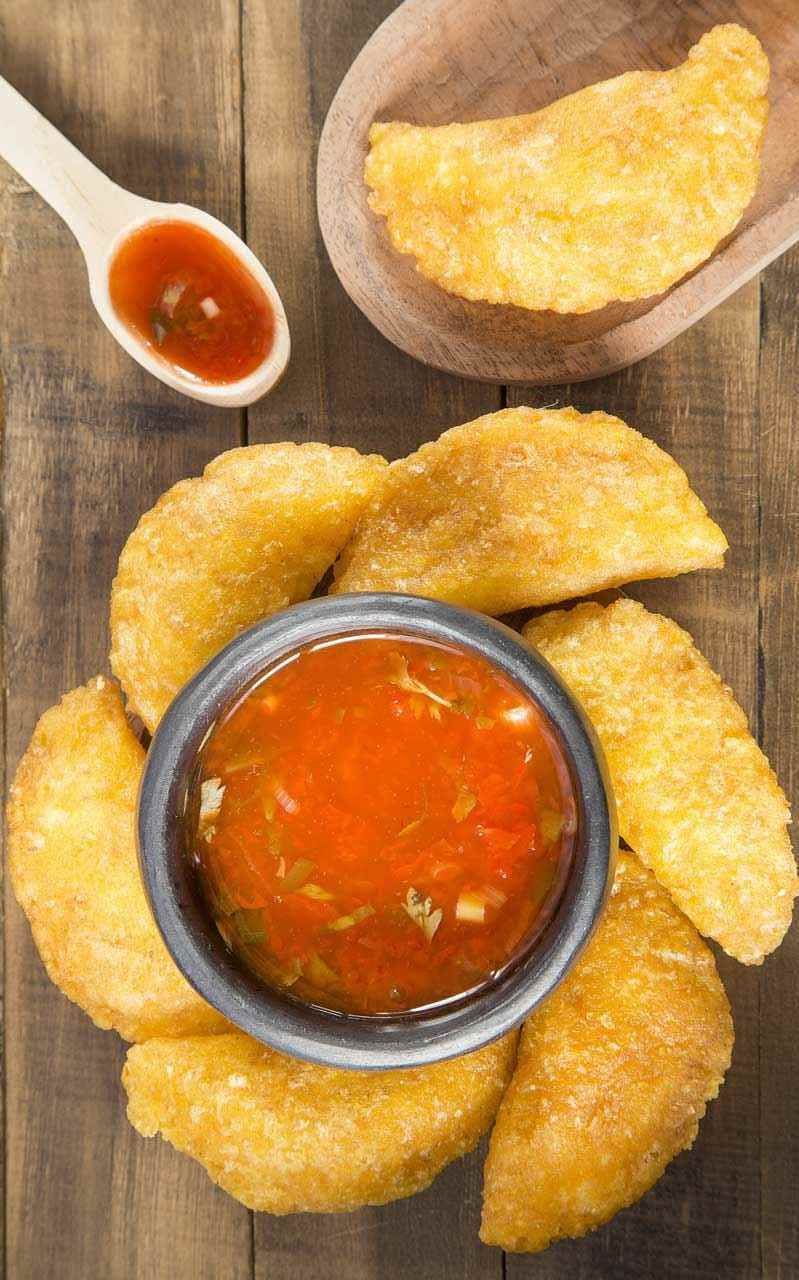
Ideas for Cooking
Caribbean Jerk Chicken
Try Caribbean Jerk Chicken for summer picnics; it’s a delicious concoction of dried Scotch Bonnet peppers and spices.

West African Stew
Peppers provide flavour and heat in this West African stew made with peanuts.
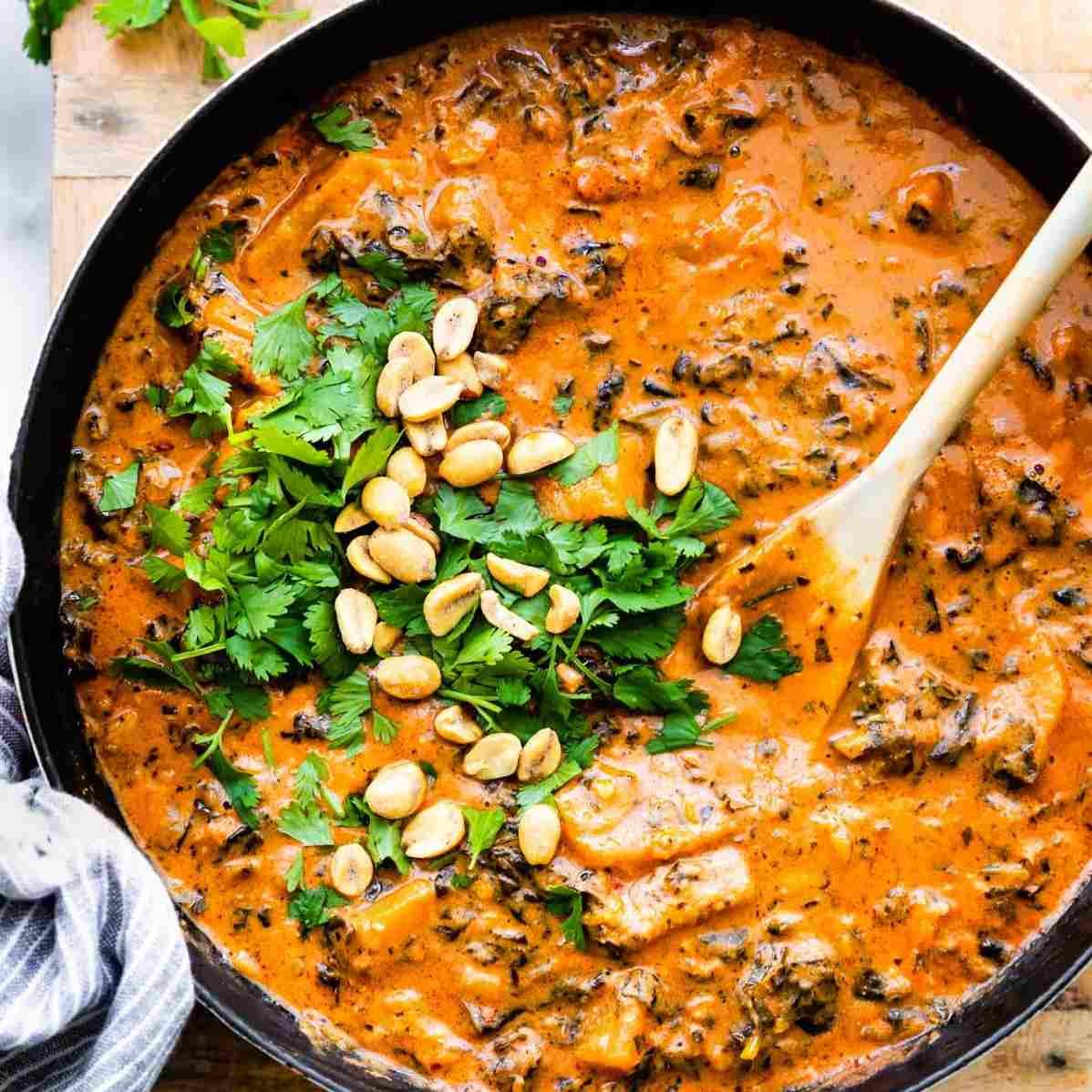
Thai-Style Stir-Fries
Thai-style stir-fries are fusion dishes with hot Scotch Bonnet peppers and traditional Thai ingredients.
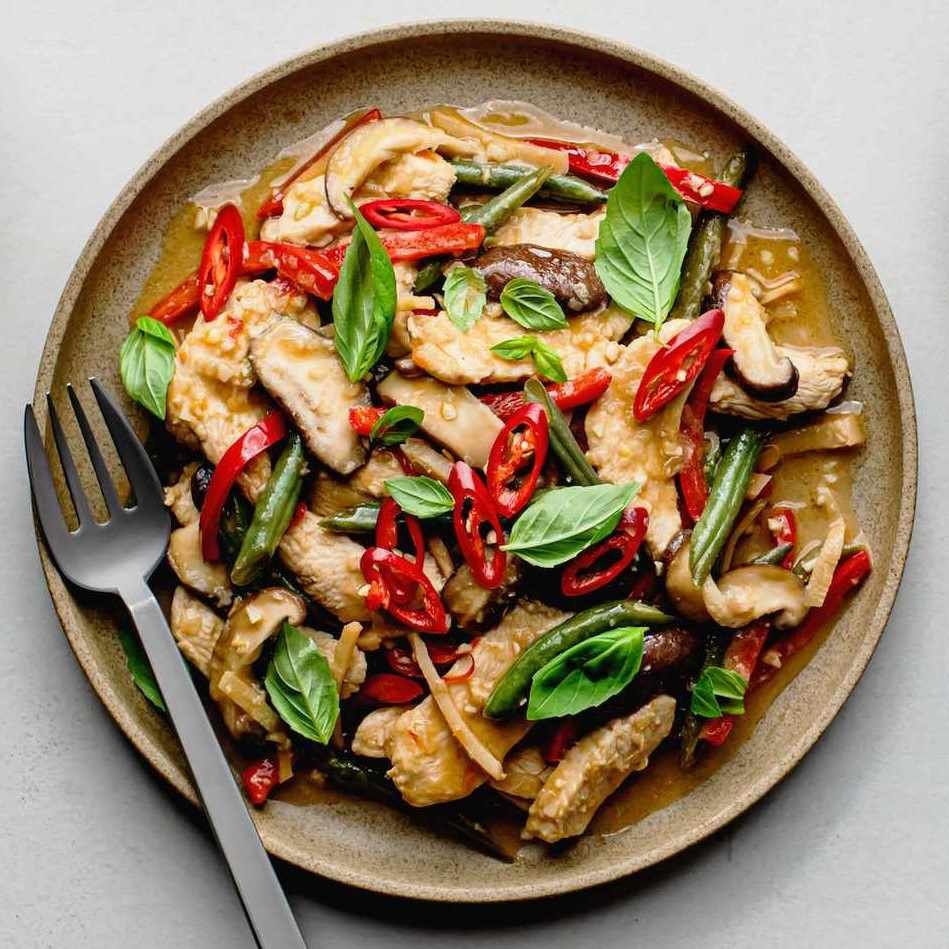
Spicy Lentil Soup
The smokey undertone in the spicy lentil soup, which is a vegan substitute, is provided by the dried chiles.

Conclusion
The Scotch Bonnet pepper offers a variety of culinary options, and only one’s imagination can limit them, especially in dried form. It is an area anyone interested in culinary experiences must visit because of its many applications, excellent nutrient profile, and cultural value.
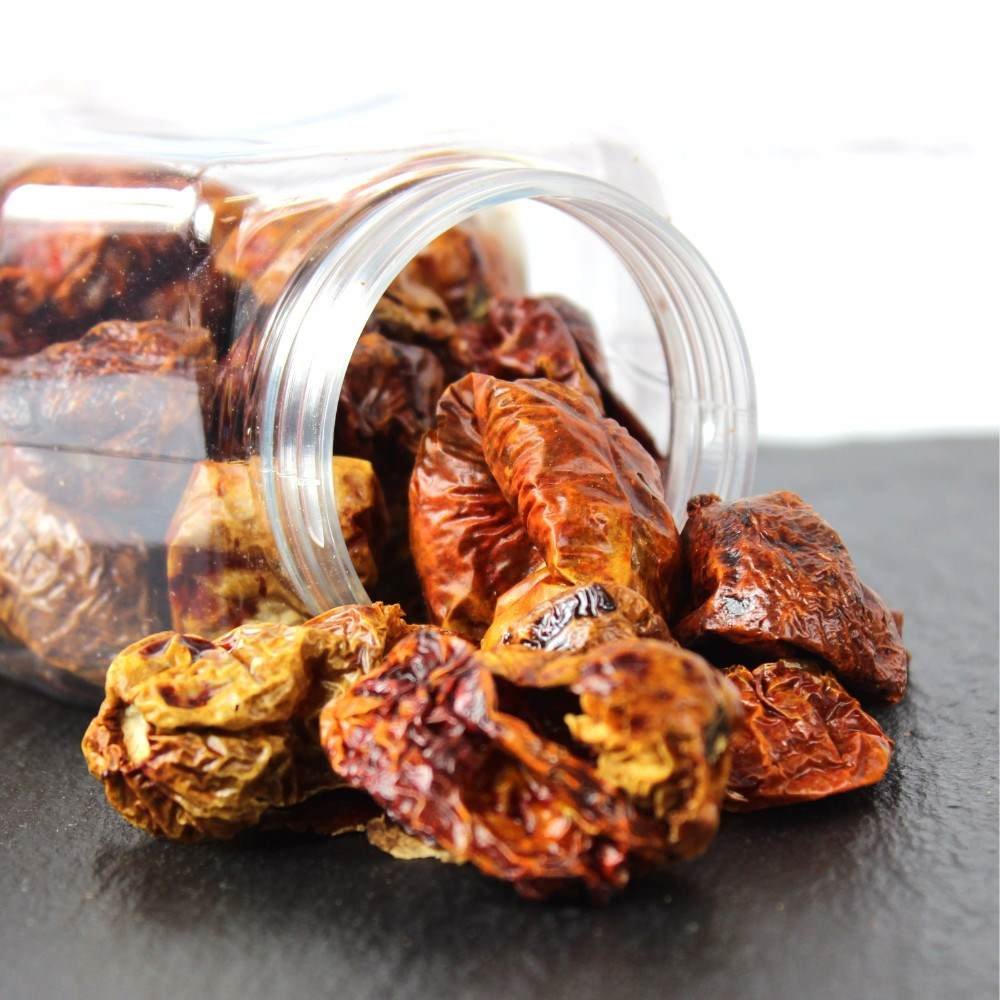
Frequently Asked Questions
Can Scotch Bonnet peppers be dried?
Yes, they can be air-dried or mechanically dehydrated for extended preservation.
What is a dried Scotch Bonnet called?
It retains its original name but is commonly specified as ‘dried’ for differentiation.
What is dried Scotch Bonnet pepper used for?
From marinades and stews to ground spices, its uses are incredibly varied.
Is Scotch Bonnet better dried or fresh?
Neither is superior; the choice depends on the specific culinary application.
Are Scotch Bonnet peppers healthy?
Indeed, but with the caveat that excessive consumption can lead to digestive issues.


